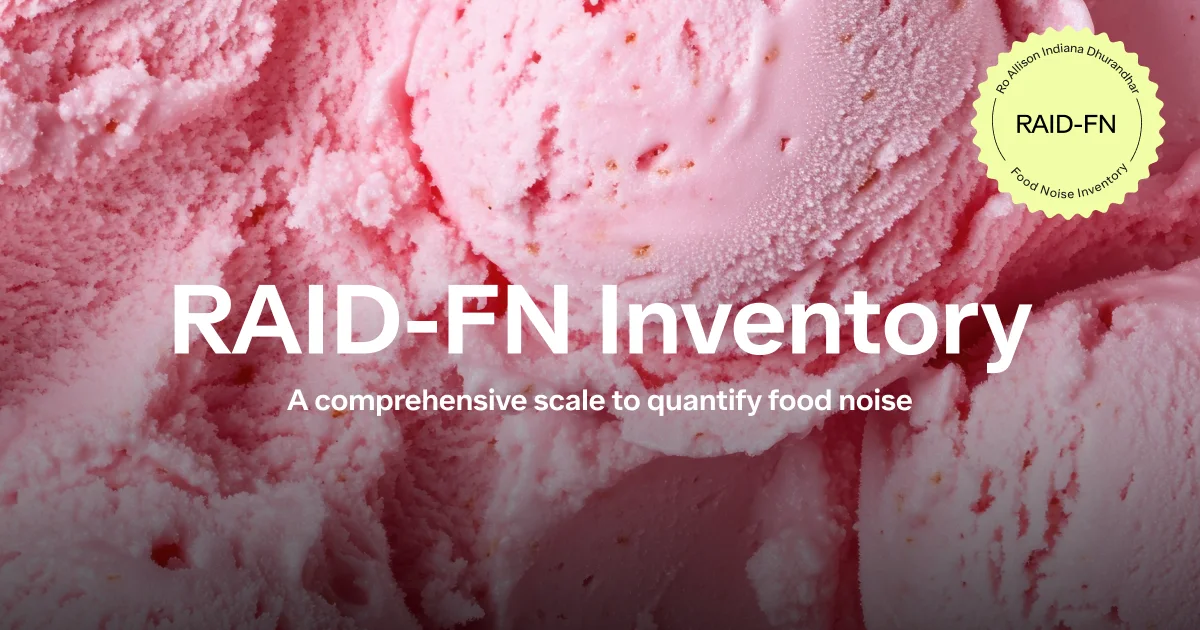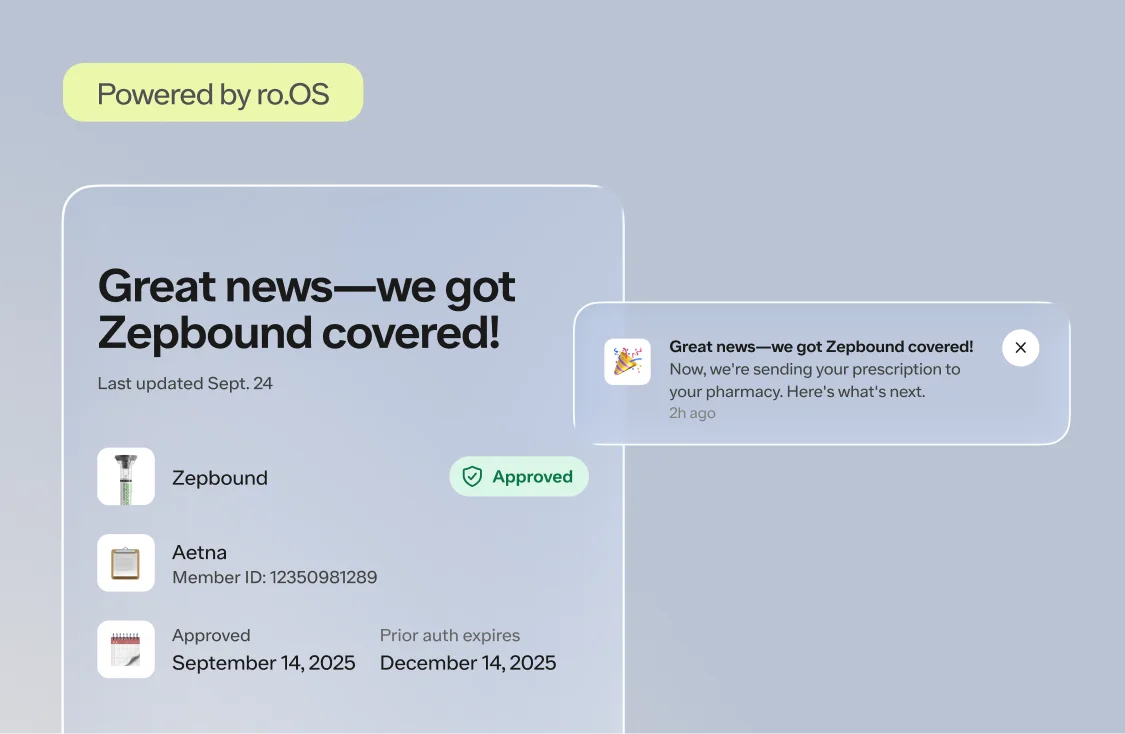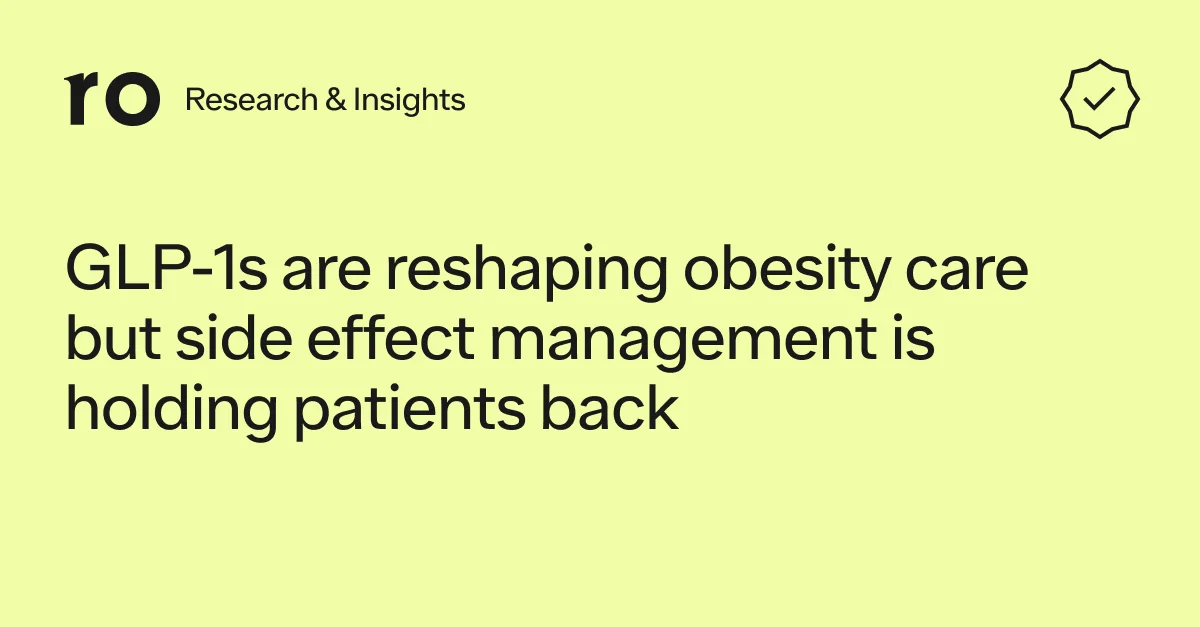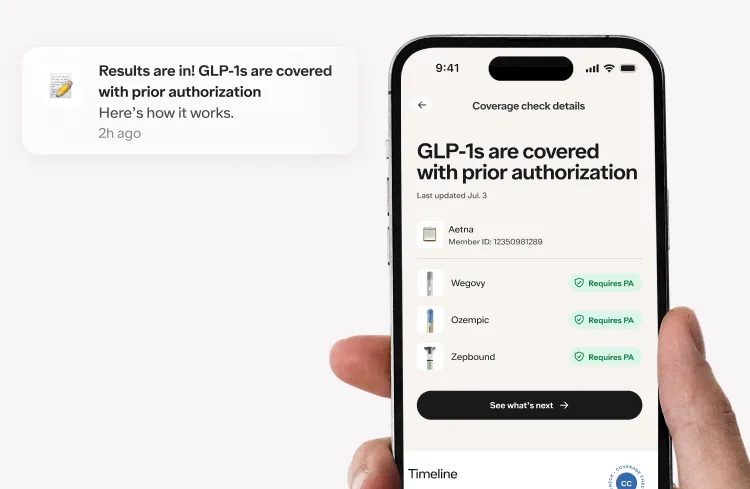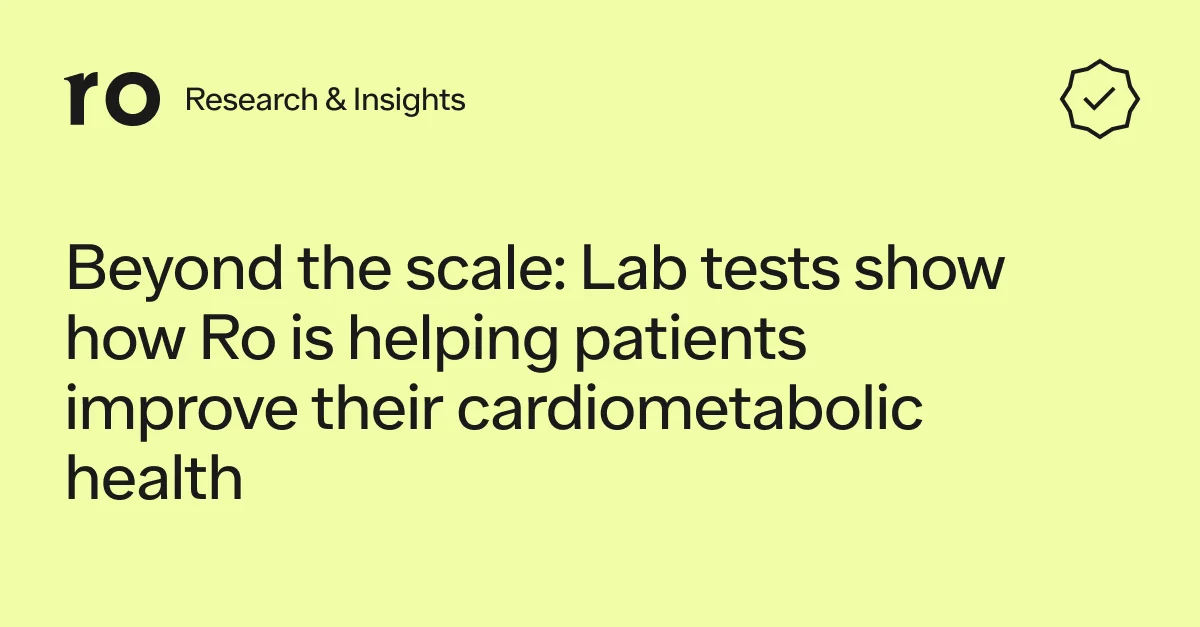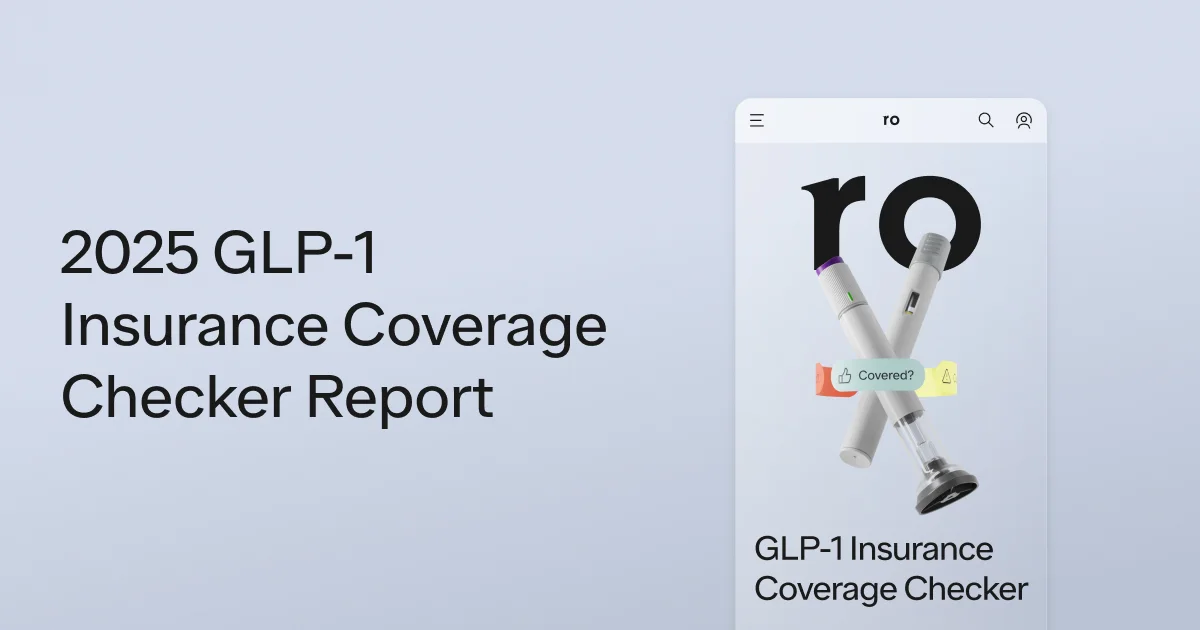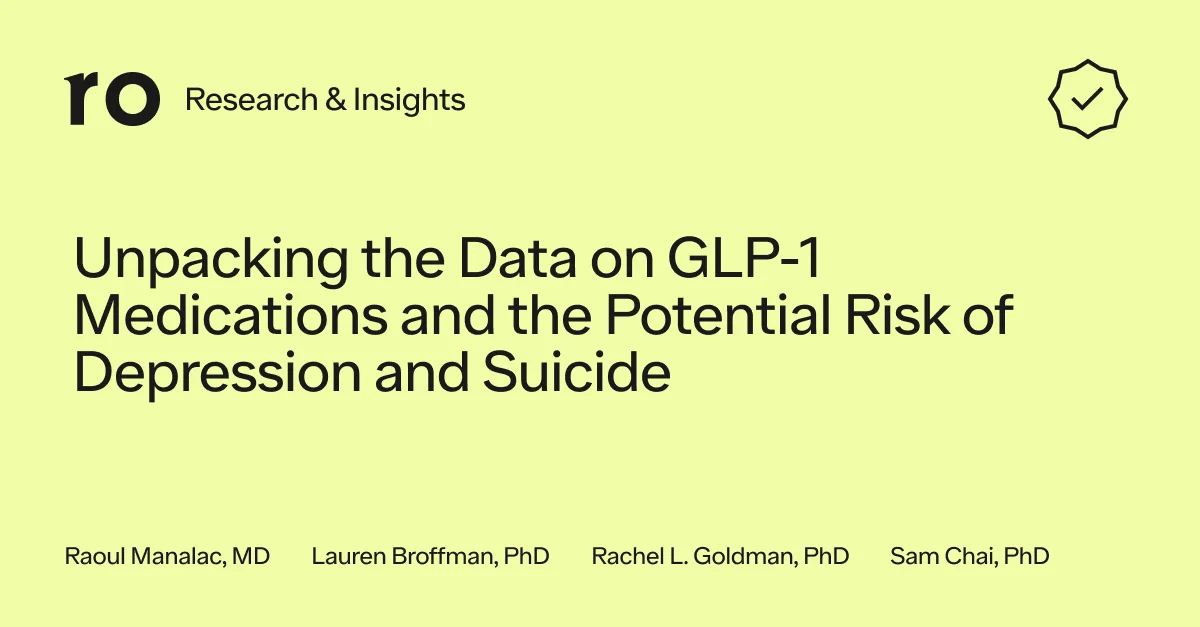As much as most startups would love to say what they are delivering is “fundamentally new” or novel, in our case, we can’t. At its core, Ro provides access to a doctor and a pharmacy. These two services independently — and the seamless connection between the two — have existed for quite some time.
Think about this experience at a hospital: you can see a physician and, if safe and appropriate, the physician can write a prescription. The patient has the extremely convenient option of using the pharmacy located inside the hospital to fill that prescription. If the patient so chooses.
Another example is a Minute Clinic inside a CVS. CVS has been incredibly innovative and put an urgent care clinic next to a pharmacy. Walmart Care Clinics offer a similarly seamless experience for patients in need of a prescription after visiting a doctor, saving them both time and money.
I wish we could even say the “new” part is that we were offering this experience online or “directly to the patient.” But CVS, Aetna, and Teladoc all beat us to the punch. And so did Kaiser and Doctor on Demand with DOD’s pharmacy integration. I’ve used these services as a patient and, as a busy startup founder with a heart condition, and I can tell you they are incredible.
We started Ro because we saw a need to provide additional services to patients and doctors who are seeking additional access to affordable, high quality, and discreet care. What we are delivering isn’t new, nor are we replacing anything that doesn’t already exist in the system. Everyone who receives FDA-approved medication from Ro interacts with a licensed doctor online and gets their prescription approved and dispensed by a licensed pharmacist. These services are complements, not replacements, to the many other options out there when it comes to the patient, doctor, pharmacy triangle. While we have streamlined access to care, the same rules that apply to others also apply to us.
None of these various services operates in a regulatory vacuum. Rather, they must abide by a strict set of regulatory requirements.
The practice of medicine — whether done in a physical office or online through virtual care — is regulated by the 51 state medical boards (don’t forget D.C.) across the country. They also need to comply with each state’s legislation on doctor licensure, fraud and abuse, standard of care, prescribing requirements, anti-kickbacks, corporate practice of medicine, and privacy. Mail-order pharmacies are regulated by the 51 state pharmacy boards in which they operate. They also need to comply with each state’s legislation on pharmacist licensure, pharmacist-to-technician ratios, product labeling, and safety standards. Advertisements are regulated by the FTC, FDA, and state attorneys general. Over-the-counter and Rx therapies are subject to various supply chain, packaging, and labeling requirements that are enforced by the FDA (in addition to state pharmacy boards). And companies that are subject to HIPAA need to keep its requirements in mind constantly.
That’s 104 regulatory bodies (and that’s not even a comprehensive list) that oversee the different parts of all of our businesses — from the way a patient-physician relationship is established to the directions on the prescription label.
So, while many have speculated that Ro is operating in a regulatory vacuum or that the concept of connecting patients to a doctor and then, if appropriate, seamlessly connecting them to a pharmacy is either fundamentally new or somehow unregulated, is simply false.
Worse yet, these assumptions ignore the innovation in patient care delivery models that have already been created by large health systems (e.g., Kaiser ), hospitals (e.g., the Mayo Clinic) and companies like CVS, Aetna, Teladoc, and Doctor on Demand.
This is what I mean when I say that what Ro is doing isn’t “new.” A seamless connection for patients between a doctor’s office and a pharmacy has existed — and has been regulated — in the physical world for decades and the digital world for years. In fact, one of the things we’re most proud of at Ro is that we’ve been able to build amazing patient experiences that abide by and reflect the unique requirements of each regulatory body, in each state, and at every stage of the patient experience.
What is “new” about Ro? Ro has built upon the existing and accepted infrastructure to meet consumer expectations and improve the standard of care through technology. To name a few, Ro’s technology and infrastructure has enabled us to:
automatically flag risk factors for doctors when they review a patient’s history
create an efficient and simple way for patients and doctors to discuss adjusting the dose, quantity, and frequency of medication
provide unlimited 1 to 1 messaging between a patient and physician at no additional cost
enable physicians to spend more time on each patient’s unique history by collecting basic information beforehand (i.e., asynchronously)
focus on specific conditions to enable precise care and address stigmatized conditions
We all know our country is in desperate need of innovation in healthcare and Ro is working relentlessly to provide more and more options to patients every day.
We don’t “move fast and break things” and we don’t eschew regulation. We’re doing this within the bounds of our current regulatory environment, while working closely with lawmakers, medical boards, medical advisors, and other experts to better align our system with the needs of patients and doctors.
Hopefully, we’re just getting started.
—
If you want to learn even more check out our recent blog posts Ro’s technology/infrastructure and how we decrease the cost to high quality care.
If you want to come help, check out Ro.co for jobs.
